Retro Replay Review
Gameplay
Professor Layton and the Diabolical Box builds upon the formula established in the first installment, seamlessly blending exploration and brain-teasing puzzles. Players guide Layton and Luke through detailed environments, tapping and swiping on the Nintendo DS touchscreen to uncover hidden objects, interact with curious townsfolk, and unearth clues. The intuitive point-and-click mechanics ensure that both series veterans and newcomers can dive in without frustration.
(HEY YOU!! We hope you enjoy! We try not to run ads. So basically, this is a very expensive hobby running this site. Please consider joining us for updates, forums, and more. Network w/ us to make some cash or friends while retro gaming, and you can win some free retro games for posting. Okay, carry on 👍)
The heart of the experience lies in its diverse puzzle collection: logic grids, sliding puzzles, riddles, and numerical challenges keep the brain engaged from start to finish. Each puzzle is introduced in context—perhaps a train passenger challenges you to solve a riddle before sharing a tip, or Luke’s curiosity reveals a locked safe demanding a code. This narrative integration prevents the puzzles from feeling like disconnected mini-games, instead making them feel like organic extensions of the mystery.
Hint Coins return as a thoughtful design choice, offering lifelines when you’re stuck but requiring strategic use. The game scatters coins in hidden nooks or rewards them for bonus puzzles, encouraging players to explore every corner of the Molentary Express. This finite hint system adds a layer of tension: rely on your wits or reserve coins for more fiendish conundrums later on.
Graphics
The visual style of The Diabolical Box marries charming 2D character art with richly detailed 3D environments, resulting in a timeless aesthetic that feels as fresh today as it did at release. The Molentary Express, the game’s primary setting, is rendered with care—from the polished wood paneling of the dining car to the shadowy undercarriage where sinister secrets lurk. Each carriage feels distinct, giving the sense of an authentic cross-country journey.
Character portraits are expressive and full of personality: Layton’s ever-present top hat and calm smile contrast nicely with Luke’s wide-eyed enthusiasm. NPCs encountered in corridors offer memorable designs, whether it’s the eccentric ticket collector with a monocle or the nervous passenger clutching a mysterious artifact. Animated sequences punctuate key story beats, bringing dramatic revelations to life with simple but effective motion.
Transitions between scenes are smooth, and the DS hardware constraints are handled masterfully. Load times are minimal, and frame rates remain stable even in more graphically complex areas. Though far from the technical prowess of home consoles, the game’s art direction compensates, crafting a cohesive world that invites players to linger over every detail.
Story
The narrative of Professor Layton and the Diabolical Box kicks off with a tantalizing premise: Layton’s mentor, Dr. Schrader, has mysteriously died after acquiring the deadly Elysian Box. This setup immediately injects tension and curiosity, motivating players to unravel the truth behind the artifact’s lethal reputation. As Layton and Luke board the Molentary Express, the stakes are high—every passenger becomes a potential suspect, each conversation a clue.
Storytelling unfolds at a measured pace, alternating between high-stakes drama and lighthearted humor. Layton’s polite demeanor and Luke’s playful banter provide levity amid the darker overtones of death and betrayal. Side characters have their own mini-arcs, some of which lead to optional puzzles that enrich the main plot, while others deepen the world-building by revealing tidbits about the supernatural folklore surrounding the Elysian Box.
Twists and red herrings abound, ensuring that few revelations come easily. As layers of deception peel away, the relationship between Layton and Schrader takes center stage—raising questions about trust, legacy, and the sacrifices made in the pursuit of truth. The climactic unmasking of villains and final explanations tie together the myriad puzzles and suspects, delivering a satisfying payoff that leaves players reflecting long after the credits roll.
Overall Experience
Professor Layton and the Diabolical Box is a masterclass in puzzle-adventure design, balancing cerebral challenges with an engrossing narrative. The DS is pushed to its limits, immersing players in a world of steam-powered intrigue and intellectual satisfaction. Whether you’re a puzzle enthusiast or a fan of detective tales, this sequel refines its predecessor’s strengths and addresses minor pacing issues to deliver a polished journey.
Replayability is bolstered by hidden puzzles and bonus content, rewarding completionists who scour every inch of the train. Newcomers will appreciate the gradual difficulty curve, while veterans can skip familiar tutorial segments and jump straight into more devious riddles. The Hint Coin system remains a welcome buffer against frustration, empowering players to progress without resorting to guides.
Ultimately, The Diabolical Box stands as one of the most memorable entries in the Layton series. Its engaging gameplay loop, distinctive art style, and compelling storyline combine to create a cohesive experience that captures the imagination. For anyone seeking an intellectually stimulating adventure wrapped in charming presentation, this game is a journey worth taking.
 Retro Replay Retro Replay gaming reviews, news, emulation, geek stuff and more!
Retro Replay Retro Replay gaming reviews, news, emulation, geek stuff and more!
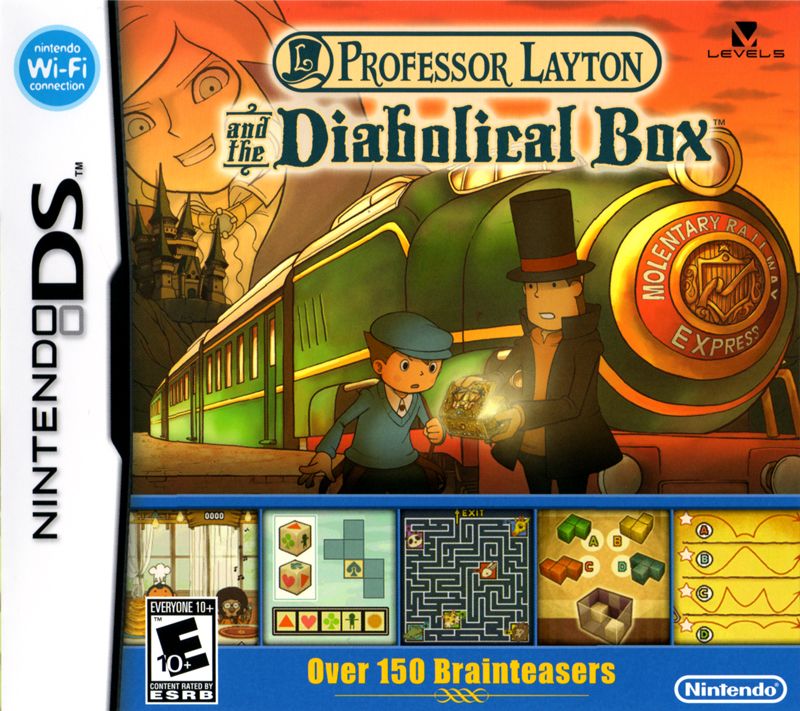
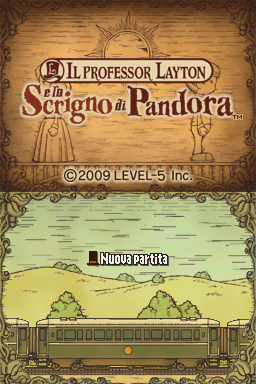


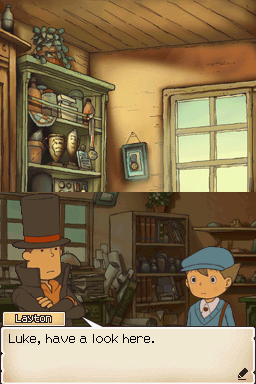
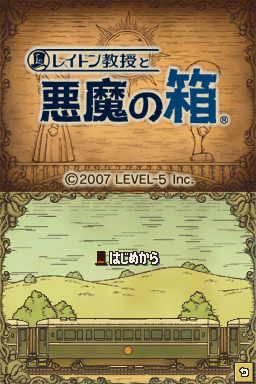

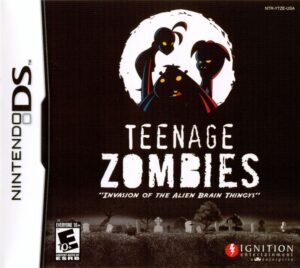

Reviews
There are no reviews yet.